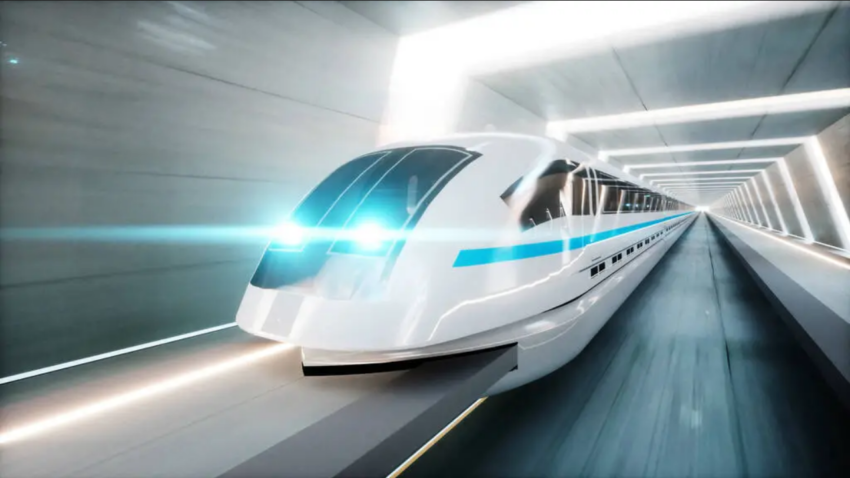The National High-Speed Rail Corporation announced on Friday the initiation of the bidding process for the construction of a 21-kilometer underground tunnel in Maharashtra as part of the bullet train project. This move signifies a breakthrough in overcoming land acquisition challenges for the prestigious project in the state.
The underground tunnel, spanning 502 kilometers for the Ahmedabad-Mumbai bullet train corridor, represents the most significant and intricate civil engineering aspect of the endeavor. Notably, a substantial 7-kilometer stretch of the tunnel will traverse beneath the sea. The previous cancellation of the tender in 2021 was largely attributed to the unavailability of land in Maharashtra.

Recent developments indicate an acceleration in project activities following a change in the Maharashtra government. Tenders that were previously floated and retracted have been reintroduced, marking the third attempt to advance this specific tender. The initial tender surfaced in 2019, encountering no takers, and the second attempt occurred in November 2021.
Scheduled for construction over an estimated five-year period, the tunnel will connect the underground station at Bandra-Kurla Complex (the Mumbai station) to Shilphata in Thane district. The construction methodology involves employing a boring machine and the “New Austrian Tunnelling Method (NATM),” as outlined in the tender document.

This bidding process is open to both Indian and Japanese firms, with Indian entities having the option to collaborate with international companies for the contract. The undersea tunnel at Thane creek, spanning 7 kilometers, will be the country’s first of its kind. It will be a single-tube tunnel accommodating twin tracks, featuring the construction of 39 equipment rooms at 37 locations along the tunnel route.
Anticipated to reach depths of 25 to 65 meters from ground level, the deepest point of construction will be 114 meters below the Parsik hill near Shilphata. The deadline for bid submission is set for January 19 of the following year. According to officials, the change in government has facilitated the acquisition of nearly 96 percent of the required land for the project in the state.
